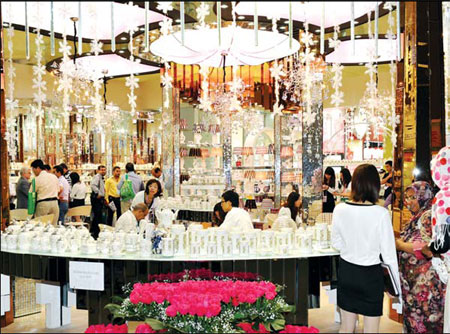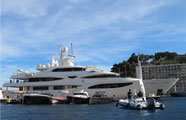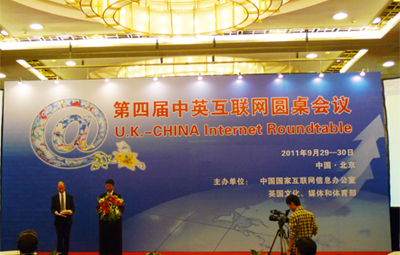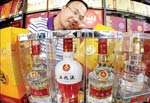Canton Fair goes from strength to strength
Updated: 2011-09-29 08:11
By Zhang Wenfeng (China Daily)
|
|||||||||
|
Ceramics exhibition area at the 109th fair. |
China's entry into the World Trade Organization (WTO) marked a new stage in the development of the Canton Fair. Since then, the fair, or China Import and Export Fair as it is formally known, has shifted its focus from increasing volumes to elevating the quality of products.
The 2001 entry into the WTO coincided with the 90th session of the fair and was attended by the then Premier Zhu Rongji. He emphasized the need for the fair to adjust to the changed environment by improving the mixture of exports.
Back then, the scope of the fair had been limited by an insufficient supply of booths for 45 years. The WTO entry saw the problem exacerbated because the number of domestic trade companies boomed from 44,000 in 2001 to 370,000 in 2007 because of an easing of controls as part of China's commitment to open up trade flows.
The inadequate capacity did not meet the need of small and medium-sized enterprises that wanted to be represented at the fair in order to open up international markets.
The trade authorities decided to increase the exhibition space in an attempt to retain the fair's edge. From the 91st session onward, the fair extended to two phases, with booths increasing to 27,500.
The year 2008 saw more expansion as Bazhou Exhibition Hall came into use and the number of booths rising to 42,000.
In the 104th session, in the autumn of 2008, the fair extended from two phases to three phases, another expansion that saw the exhibition space exceeding 1.1 million square meters, housing 55,000 booths.
A total of 22,000 enterprises participated in that session, 5.1 times the figure of the 89th session.
Increasing space not only allowed more Chinese enterprises exposure to international buyers but also entrenched the fair's prominent position.
High volumes alone, however, are not enough. After successful expansion, much emphasis has been placed on quality, with strict inspection carried out on products before a manufacturer is allowed a presence at the fair.
During inspections, the safety of products, the protection of the environment, scientific innovation and social responsibility are taken into account.
Products that are not up to standard are denied entrance and the total number of low value-added products is limited.
Of China's large export volume, fewer than 10 percent are of Chinese brands. The lack of core technology and recognizable brands has put the country at the lower end of the production chain, with limited bargaining power.
The 95th session in 2004 marked the initiation of a Chinese brand section, which was placed in the best location among all 24 sections, its 2,000 booths displaying products of 320 Chinese brands, including Haier, Midea and Lifan.
The 320 brands had 17 percent of the fair's total sales and occupied 7 percent of the fair's booths. New products made up half of their exhibits, 20 percent higher than the average level; prices exceeded other products of the same category by 10 percent.
The result strengthened the fair's focus on promoting Chinese brands. In the spring fair of 2011, the number of booths in the Chinese brand section swelled to 10,979, 18.99 percent of the fair's total. Sales in this section reached $13.57 billion, contributing one third to the fair's overall sales.
The Product Design Center (PDC), inaugurated in the 109th session, in the autumn of 2011, is another effort to improve Chinese enterprises' competitiveness by tapping into international designing prowess. PDC has drawn 38 overseas design firms and 54 designers from 10 countries.
With a focus on improving quality and innovation, Canton Fair in the future will go from strength to strength, retaining a large turnover and taking China's trade to a higher level.
(China Daily 09/29/2011 page7)











